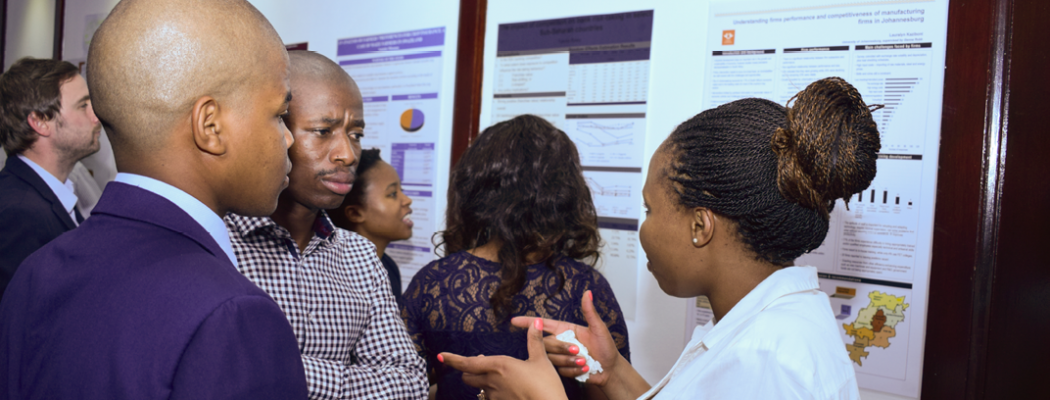Proposal for the extension, redesign, and repurposing of the special COVID-19 Social Relief of Distress grant for the twin goals of poverty and unemployment reduction
The special COVID-19 Social Relief of Distress grant (hereafter ‘SRD’) is an excellent investment of government spending because it reduces poverty and can increase job search. The SRD in its current form has led to major reductions in food poverty. Without it, just under a quarter of the South African population (13.6 million individuals) live below the food poverty line of R624 per month (a measure of extreme poverty), without enough income to buy a basic basket of food items necessary for survival. We estimate that the SRD in its current form has reduced the number of people living in extreme poverty by roughly two million. This is an almost 28% reduction in the incidence of extreme poverty. Further, the current SRD has led to a 52% reduction (from 10.2%) in the depth of extreme poverty. We argue that it is important to implement a more permanent version of the SRD that can continue to support the policy goal of reducing the number of people in poverty. We model the effects of different targeting rules, income eligibility thresholds, and grant amounts for the new grant on the number of beneficiaries, coverage of the poor, incidence of poverty, and cost of the grant. On the basis of these results, we recommend that the budget allocation to the grant be increased. We propose four immediate methods to increase the potential impacts of the grant while a) keeping the cost within a fiscally feasible range and b) ensuring that the number of beneficiaries can be varied if needed depending on the fiscal situation.

